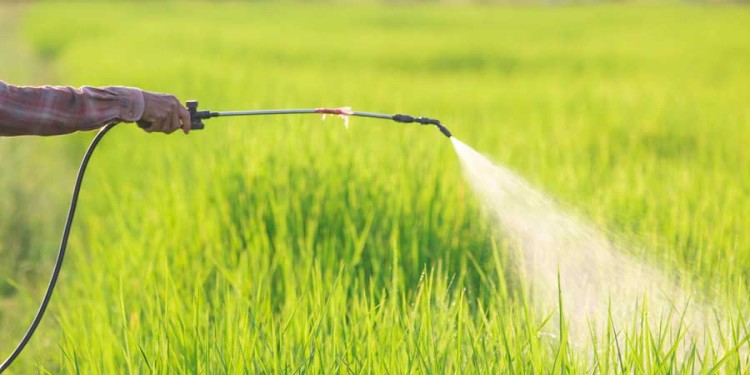In news– The Centre has officially restricted the use of the widely used herbicide, glyphosate, fearing risk to human and animal health.
Key updates-
- From now, glyphosate will be applied only through pest control operators (PCOs).
- PCOs are licensed to use deadly chemicals for treating pests such as rodents.
- To implement the order, all certificates of registration for the chemical that companies have to get for its manufacture or sale have now to be returned to the registration committee.
- The order says if any company fails to return the registration certificates within three months, appropriate action will be taken under the Insecticides Act of 1968.
- Glyphosate is already banned in some states.
- The World Health Organization (WHO) and the International Agency for Research on Cancer published a study in 2015 that said glyphosate is “probably carcinogenic to humans”.
What is glyphosate?
- Glyphosate is a broad-spectrum systemic herbicide and crop desiccant.
- It is an organophosphorus compound, specifically a phosphonate, which acts by inhibiting the plant enzyme 5-enolpyruvylshikimate-3-phosphate synthase.
- It is used to kill weeds, especially annual broadleaf weeds and grasses that compete with crops.
- Its herbicidal effectiveness was discovered by Monsanto chemist John E. Franz in 1970. Monsanto brought it to market for agricultural use in 1974 under the trade name Roundup.
- Glyphosate has been majorly used in tea plantations in India where it is applied to control herbicides. The chemical is also used on non-crop areas to control unwanted growth.
- These include areas alongside irrigation channels, railway sidings, fallow land, bunds, farm borders, parks, industrial and military premises, airports, power stations, etc.
- The use of glyphosate rose manifold once Ht BT cotton started getting illegally cultivated in India.
Source: Business Standard














